
Voluntary guidelines passed in January show a way to making interoperability work on a practical level.

Voluntary guidelines passed in January show a way to making interoperability work on a practical level.
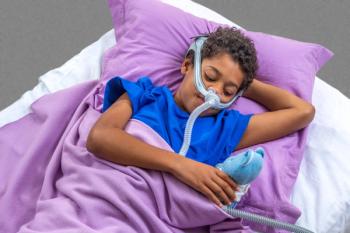
Children with poor sleep had a 2.6-fold higher risk of developing adult insomnia, according to longitudinal research conducted by Penn State researchers.

Preliminary research using an animal model found that hypoxia during pregnancy had behavioral and neuropsychiatric impacts on offspring.

A new study sheds light on the nature of the “long covid.” Researchers say SARS-CoV-2 needs to be viewed not as a respiratory virus but as one with systematic effects.

Adoption of digital health technologies came fast and furious in the pandemic, but now it’s up to insurers and patients to figure out the best recipe for a mix of remote and in-person care.

The questionnaire is seen as a low-risk, high-reward method of assessing asthma comorbidities in children.

Most of the studies into socioeconomic status and obstructive sleep apnea have limitations that make causal inference difficult.

Though blockchain remains very much a work in progress for health insurers, one of the industry’s first significant forays into the technology is yielding promising early returns.

Advantages may run into entrenched interests.
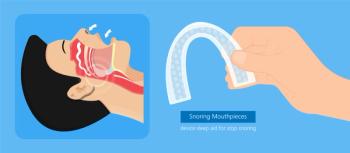
The model could make it quicker and easier to decide whether patients need continuous positive airflow pressure machines or not.
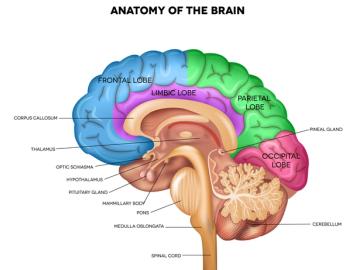
A new model of the hypothalamus can lead to potential new genetic targets for a number of disorders.
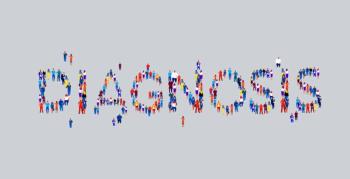
A new study suggests clinicians might be able to use metabolic “fingerprints” to better understand the likely severity of individual cases.

A new report suggests infants who do not get enough sleep can quickly become overweight.

The Pfizer and Moderna COVID-19 vaccines introduced much of the world to ribonucleic acid (RNA), which has long played second fiddle to DNA. But in addition to the messenger RNA vaccines, treatments targeting and using RNA in a variety of ways are filling the pipeline and exciting researchers and drug developers.

The study leveraged the power of wristband accelerometry to reveal links between sleep and psychiatry.

Artificial intelligence technology has reached the point where even early adopters are asking what its limits should be.

But the meta-analysis leaves open the question whether there is a cause-and-effect relationship between sleep and migraine.

Health officials should consider advise that people spend more time outdoors as. way to cope with this and future pandemics, the researchers suggest.

Artificial intelligence is improving healthcare methods and insights. But when used incorrectly, AI is rife with pitfalls.


A new study gives physicians the power to help patients at risk of obstructive sleep apnea, but it also highlights the relative lack of public attention on prevention.
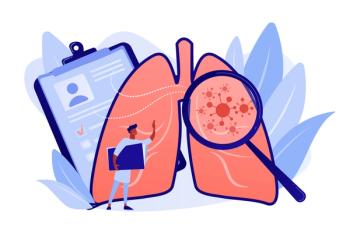
Though the study did not meet its endpoint, the strategy behind it remains under investigation.

Screening and vaccination against HPV have reduced the incidence of cervical cancer, but researchers say some women are being screened for cervical caner too often — partly because of vaccination.
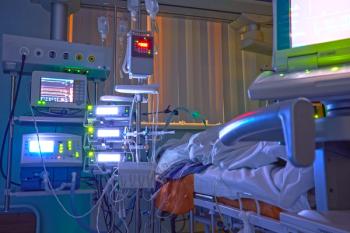
Everything from the amount of daylight in a room to the timing of vital sign checks during the night can influence the sleep of patients in intensive care units and thus their recovery.

A new meta-analysis summarizes the dangers posed sleep apnea, which include a doubling of the risk of sudden death from cardiac causes. It is still unclear whether continuous positive airway pressure (CPAP), one of the main treatments for obstructive sleep apnea, lowers that risk.

Patients with high amplification of the MET gene had a response rate of 38.1%, more than twice the response rate of those with medium amplification.

The FDA’s accelerated pathway gets drugs to market quickly, but it also can mean patients are put on therapies that do not actually provide a clinical benefit.
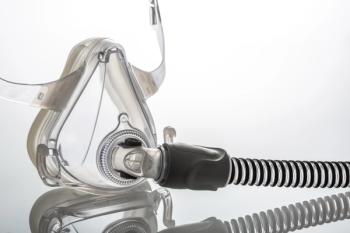
A health system is using low-cost screening tools to identify hospitalized patients who may have also have obstructive sleep apnea.

Males, in particular, have a higher risk of high blood pressure if they have obstructive sleep apnea that goes unaddressed.
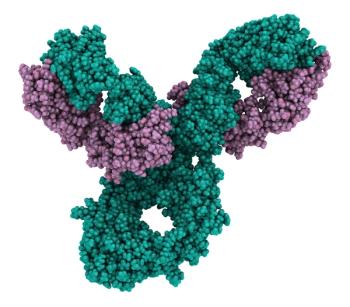
If the preliminary findings are validated in larger studies, the method could help clinicians determine which patients are candidates for immune checkpoint inhibitor therapy.